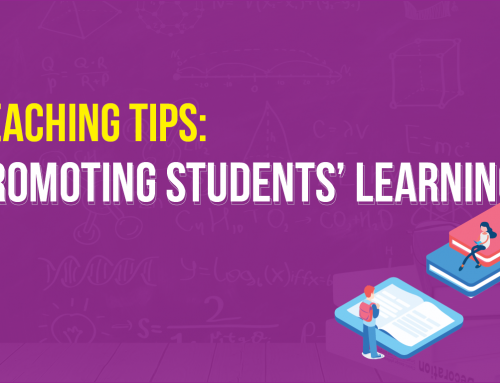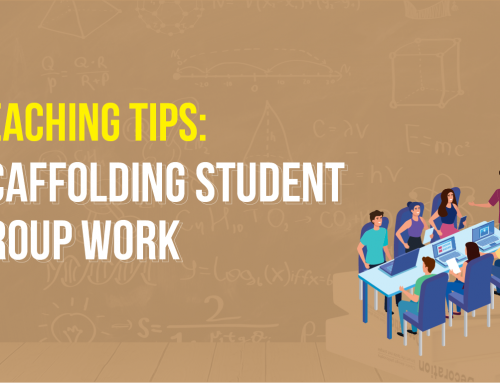Project Description
In-class learner-centered teaching: think-pair-share
By Prof. Spencer Benson, former Director of the Centre for Teaching and Learning Enhancement
This week’s tip focuses on learner-centered teaching. Student-centered teaching engages individuals in activities that help them learn in an active fashion. This is in contrast to teacher-centered instruction which tends to be primarily lecture in which students passively receive information which they then need to work with in order to move it into long-term memory which is required for enduring understanding and learning. The University’s vision is to be a student-centered institution
The University of Macau (UM) wishes to position itself as a university with firm roots in Macao, while at the same time being committed to participating in the development of the Greater Bay Area. UM hopes to integrate itself into national development while reaching out to the world. Through quality student-centred education, key research subjects with international impact, and a high standard of community services, it aspires to become an internationally recognised university of excellence.
In many (most) courses the primary mode of instruction is lecture in which students passively listen and or a lesser greater degree take notes on what is presented through lecture PowerPoint and other one-way transmissions of content. Lectures are and important pedagogy and have a central place in most forms of teaching. The lecture format is familiar to both the instructor and the students and often the preferred pedagogy by both. Lectures are useful and an effective for the dissemination of information, but often they don’t engage students in learning that results in enduring understandings. Hundreds of studies have shown that lecture alone is not an effective pedagogy despite what we may believe based and our own experiences. One limitation of the lecture is that human attention span tends to be 10-15 minutes after which we disengage from the materials being presented. The tip below provides an easy non-technology means to enhance the lecture and increase active learning in traditional classes. Moreover, it provides a means to break up the lecture format, obtain formative feedback and help reestablish students’ attention.
In-class group work – think-pair-share
In my many classes and workshops I almost always use some form of informal group work. It serves to remind me to periodically stop talking and allow students to engage with peers to process information that has been presented either in the lecture or class assignments. A simple activity is think- pair-share, a question controversial issue or query is presented in students are asked to individually think for a minute, that talk with the person or persons side of them (pair) and than we share their answers with the class. The sharing activity can be initiated by asking for volunteers or calling on individuals. One of my favorite ways to initiate sharing is to use a squeeze toy or other soft item which is randomly tossed into the class. The individual who gets the toy has to answer but then has the ability to toss the toy to another group and this continues for several rounds. An important aspect of this ploy is that students not the instructor become the individuals selecting those who talk. It also lightens up the class and help students engage in play activity related to learning. There are many variations on think pair share in one need only to Google “think pair share” to find them.




